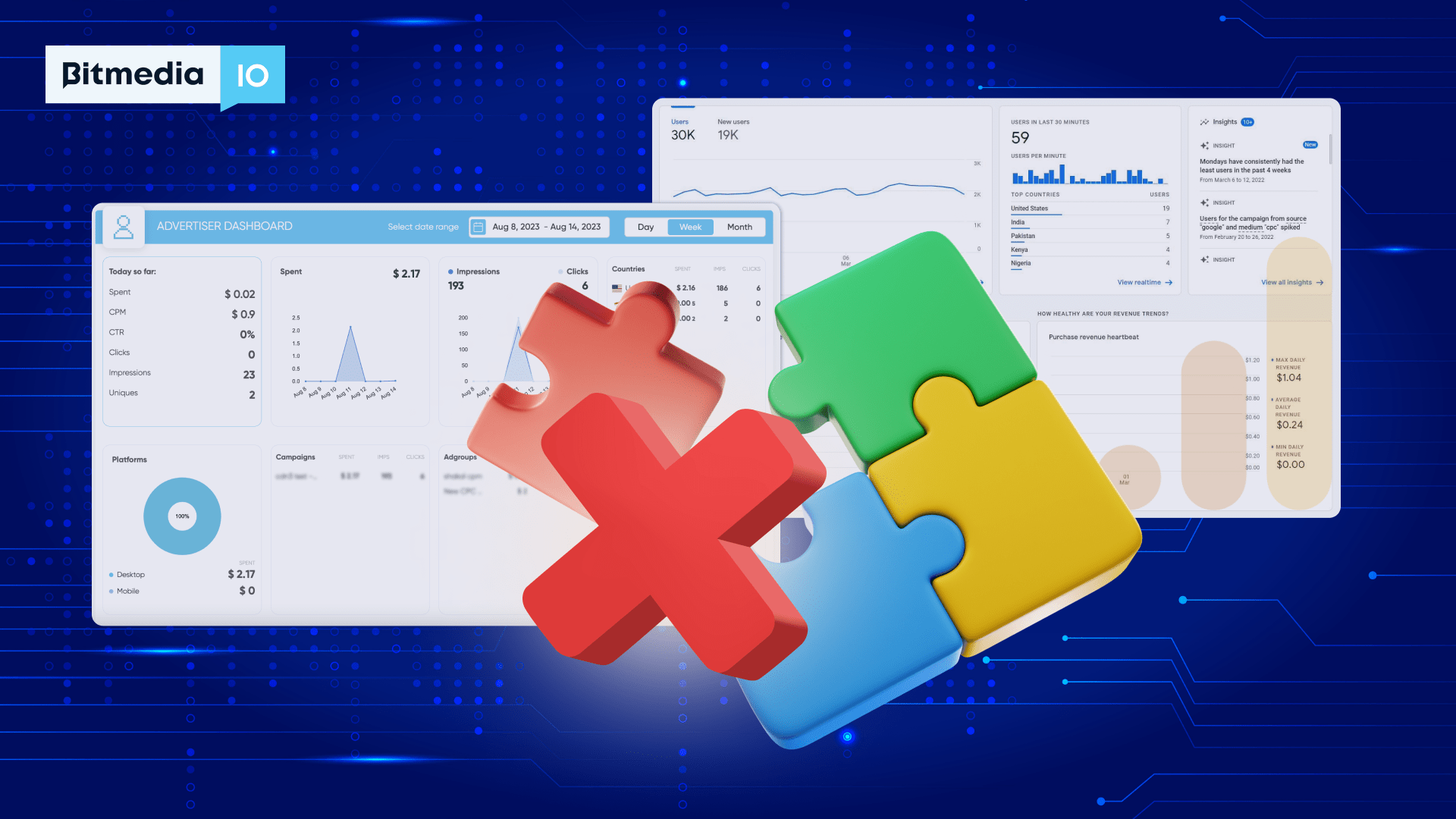Why the Statistics on Clicks in the Advertising Network Do Not Match with Google Analytics?

There is often a discrepancy between the number of clicks reported by an advertising network and the number of sessions recorded by Google Analytics. This can be frustrating for advertisers who need to ensure they are getting the most accurate data possible. We will explore why this discrepancy exists and what advertisers can do to make sure they are getting the most accurate data possible.
The internet has completely revolutionized the advertising industry, giving advertisers the ability to reach a massive audience in a matter of seconds. But with the advantages of digital advertising comes the challenge of accurately measuring its effectiveness. In the world of digital advertising, advertisers rely on data to understand how users interact with their ads and websites. This data can then be used to make informed decisions about their campaigns, such as where to allocate their budget and how to optimize their ads for better performance. However, there is often a discrepancy between the number of clicks reported by an advertising network and the number of sessions recorded by Google Analytics.
Read also: Common issues with Google Analytics UTM tags
Explanation of Clicks and Sessions
Before diving into the reasons for the discrepancies between clicks and sessions, it is important to understand what clicks and sessions are in the context of digital advertising. A click is the action of a user clicking on an ad, which takes them to the advertiser’s website. On the other hand, a session is a time during which a user interacts with a website. While clicks are recorded by the advertising network, sessions are recorded by Google Analytics.
Differences in Click and Session Tracking
One of the main reasons for the discrepancy between clicks and sessions is the differences in click and session tracking between advertising networks and Google Analytics. Advertising networks typically track clicks based on a single event, such as a user clicking on an ad. However, Google Analytics tracks sessions based on multiple events, including pageviews, events, and transactions. As a result, this can lead to differences in the number of clicks and sessions recorded.
According to a study conducted by the advertising technology company AdRoll, there is an average difference of 35% between clicks recorded by advertising networks and sessions recorded by Google Analytics. This means that advertisers are missing out on a significant amount of data that could be used to optimize their campaigns.
Read also: GA4 data vs Bitmedia data: main differences
Reasons for Discrepancies
There are several reasons for the discrepancies between clicks and sessions. One reason is that some users may click on an ad multiple times, resulting in multiple clicks but only one session recorded by Google Analytics. This can happen when users accidentally click on an ad more than once or when they click on an ad, leave the website, and then click on the same ad again. Another reason is that some users may have JavaScript disabled, which can prevent Google Analytics from tracking their session. Additionally, ad fraud can also contribute to discrepancies as some fraudulent clicks may not result in sessions.
According to a study conducted by the Association of National Advertisers (ANA), ad fraud is expected to cost advertisers $5.8 billion globally in 2021. This includes fraudulent clicks, which can lead to inaccurate data and wasted ad spend.
Impact on Advertising
Discrepancies between clicks and sessions can have a significant impact on advertising. Inaccurate data can result in advertisers making poor decisions about their campaigns, such as allocating budget to underperforming ads. Discrepancies can also make it difficult to accurately measure the success of a campaign.
According to a study conducted by Google, inaccurate click data can lead to advertisers making incorrect assumptions about their campaigns. This can result in wasted ad spend and missed opportunities to reach potential customers.
Strategies for Ensuring Accuracy
To ensure accuracy in advertising data, advertisers should track both clicks and sessions, and regularly compare the data from advertising networks with the data from Google Analytics. By doing so, advertisers can identify and address discrepancies and ensure they are getting the most accurate data possible.
Another strategy for ensuring accuracy is to use fraud detection tools to identify and eliminate fraudulent clicks. Advertisers can use a variety of tools to detect fraud, including click fraud prevention software, ad verification tools, and fraud monitoring services.
In addition, there may be the following reasons:
| Reason for Discrepancies | Explanation |
| Tracking code implementation | If the tracking code is not implemented correctly on the website, clicks may not be properly recorded in Google Analytics. |
| Ad-blockers | If visitors have ad-blockers installed, they may not see the ads served by the advertising network. In such cases, the advertising network may still record clicks, but they will not be recorded in Google Analytics. |
| Time zone differences | Advertising networks and Google Analytics may use different time zones to record data, leading to differences in the reported number of clicks. |
| Bot traffic | If the advertising network records clicks from bots or automated traffic, these clicks may not be recorded in Google Analytics, which filters out bot traffic. |
| User behavior | Users may click on an ad and immediately leave the website before the Google Analytics tracking code has a chance to record the visit. In such cases, the advertising network may record a click, but Google Analytics may not record a session. |
Conclusion
In conclusion, discrepancies between clicks and sessions are a common issue in digital advertising. While they can be frustrating, advertisers can take steps to minimize their impact. By tracking both clicks and sessions, comparing data regularly, and using fraud detection tools, advertisers can ensure they are getting the most accurate data possible. Accurate data is crucial for making informed decisions about advertising campaigns and maximizing their success.


